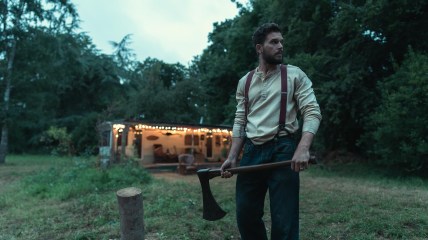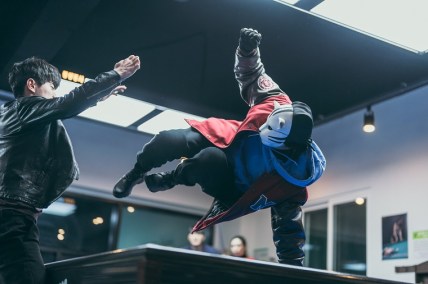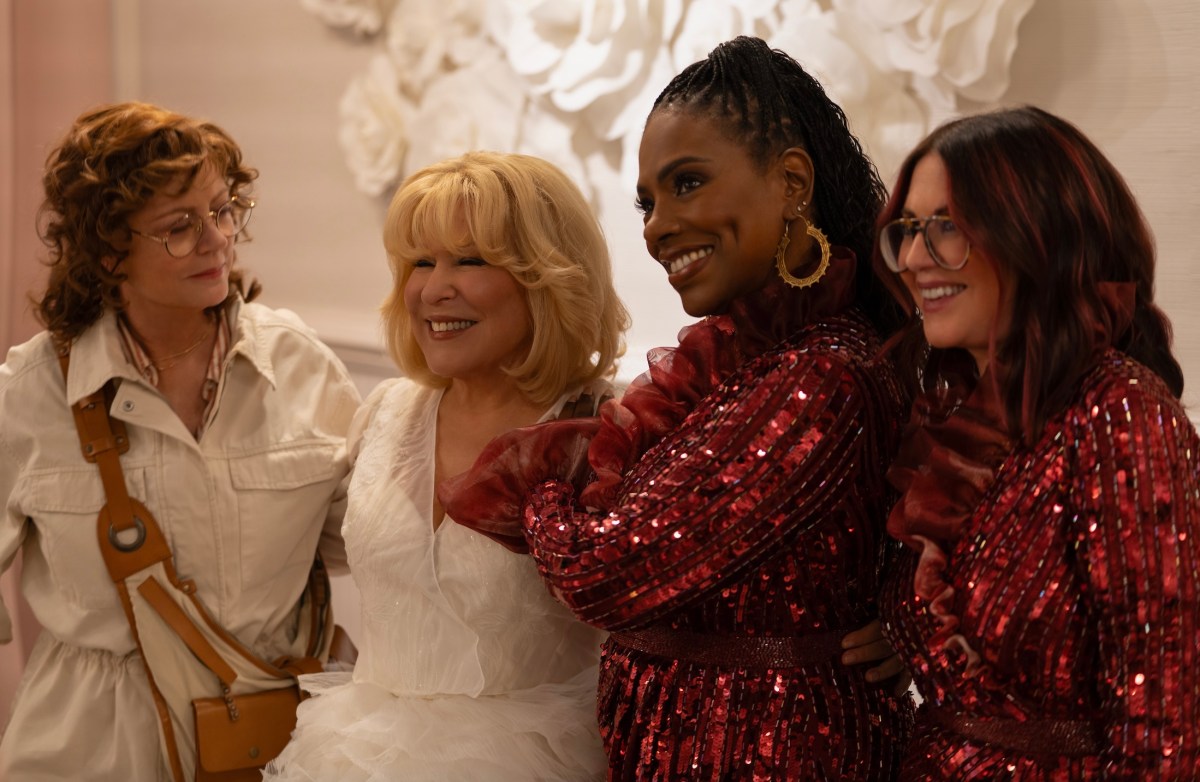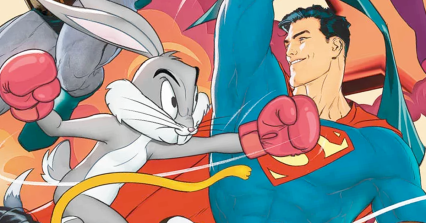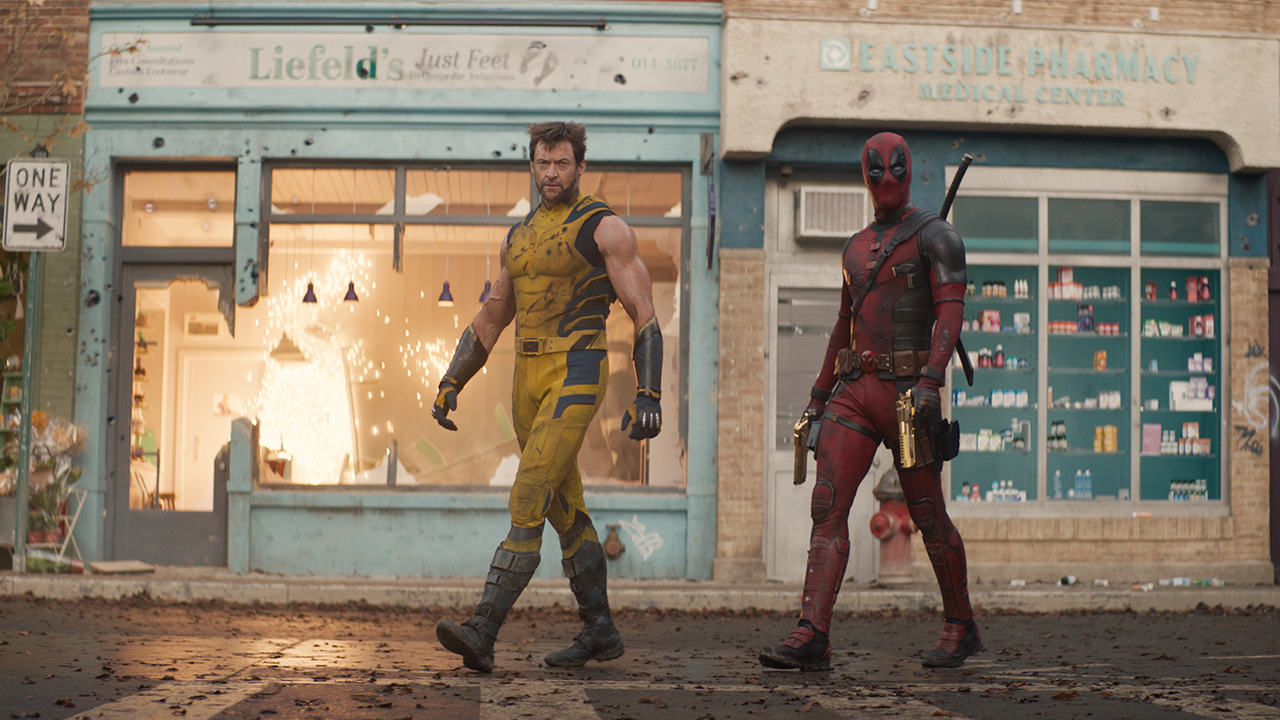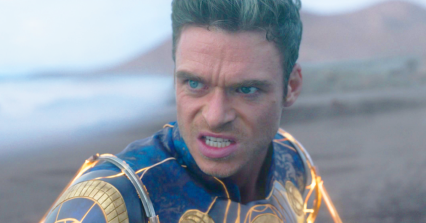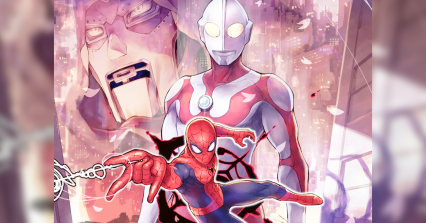Kaiju History – The Humble Beginnings Of The MonsterVerse Lay In A Failed Ambition To Present Godzilla In 3D

Godzilla x Kong: The New Empire is a banger of a success globally and proved that the MonsterVerse is one of the most profitable shared universes around. With a wide open and encouraging future, there are so many places it can go from here.
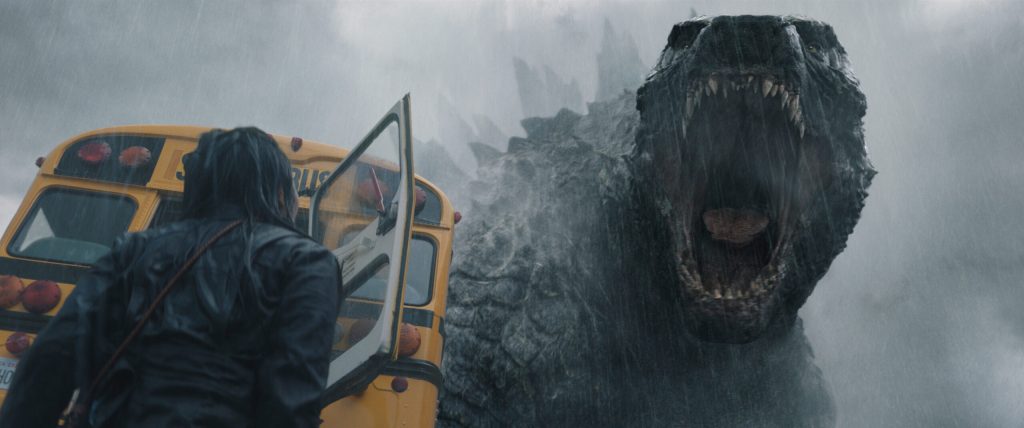
However, things weren’t always so bright for Legendary Pictures’ endeavors. After Godzilla: King of the Monsters and up to the release of Godzilla vs. Kong, they were in a precarious position where it seemed like the rug could’ve been yanked out from under them at any moment.
A sobering thought, we should take a moment to collect ourselves and consider how lucky we are and how we got here in the first place. That’s an interesting question with quite a story behind it worth exploring.
Your mind immediately goes back to 2014 and the first installment directed by Gareth Edwards, but the genesis of everything goes back a decade further. It also starts with a name regular readers of this column should be very familiar with.

Back in 2004, Toho decided to put Godzilla on ice after Final Wars until the time was right and remained committed to that for years. But that only applied to their side of the Pacific. The rest of the world was an open market for the right person with the right vision.
Enter Godzilla vs. Hedorah director Yoshimitsu Banno, who was chomping at the bit for years to make another kaiju movie. Whether by hook, by crook, or just plain luck, he had acquired the international rights to Godzilla, and he was shopping around a wild concept.
Banno, having a penchant for spectacle and experimentation that he put on display in 1971’s Hedorah, didn’t want to make the same old Godzilla film. His Goji had to be different, had to have moments people would talk about, and it had to have a twist.
Banno thought that twist – the ticket to sell his movie to an American audience – was 3D. Despite the failure of the American Godzilla and Western re-releases not performing well, he figured a format emphasizing size and scale would make a difference.
The project went by a few titles, but most know it as “Godzilla 3-D to the MAX.” One alternate title (Godzilla vs. Deathla To The Max) gives away the story’s villain, a monstrous creature who had similar attributes to Banno’s most notorious creation – Hedorah.
Deathla, like his forefather, arrives from space and grows by absorbing trash and pollution. No concept art exists that anyone knows of, but Deathla was described by Banno as red, slimy, and spiky along its back. It also was supposed to have a face like a human Skull – which could be creepy if done right.
Deathla had other undefined forms as a mushroom for overrunning and desiccating biomes and a swarm of locusts that would initially awaken and provoke a slumbering Godzilla. That’s how it always starts in these things, isn’t it?
The sleeping King would wake up crabby and fight Deathla in The Amazon, The Virgin Islands, and then New York where the final battle would play out a lot like the battle with Hedorah decades earlier. Godzilla would’ve even used his atomic breath again to fly.
As it’s The Big Apple in a post-9/11 world, the two wound up fighting at Ground Zero in early drafts of the treatment. References to the tragedy and its aftermath crept up frequently, especially in the lives of its human characters – siblings Mischa and Jim and their dog “Little Beard” – who were impacted by the event.
Eventually, the 9/11 aspects were scrapped and Godzilla fought Deathla in Las Vegas and out West in the final draft. These ideas survived in the 2014 film. Their ultimate battle would change as well with Godzilla unleashing a new move called “Ultra Spin Tail Punch” that finishes Deathla off.
A MacGuffin called the Spray of Iguazu was also a small part of the plot. At the Iguazu Falls between Argentina and Brazil, where Godzilla rests, a rainbow (The Spray) “appears in the area when the full moon is in the sky.” This spray Mischa investigates turns out to be a product of Godzilla’s tail.
The Falls come up one last time in the early draft when Godzilla turns to wink at the audience before going back into his den to sleep, ending the film, which believe it or not, wasn’t going to be a feature.
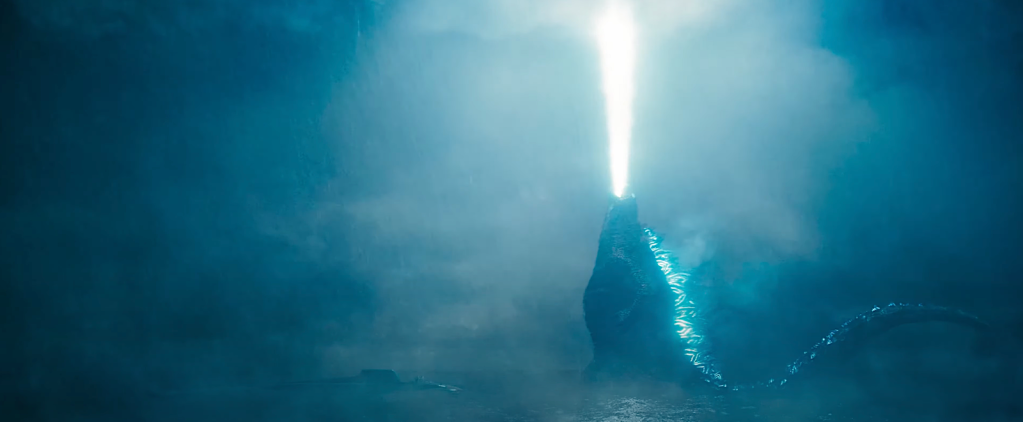
Originally a short, Banno pitched his concept as a 36-minute film with a budget of $9 million. The running time went up to 40 minutes and the budget increased to $25M. Producers started a website to show investors and Banno hoped to start filming in 2006.
The site would go down and new investors would announce their involvement in ‘07 alongside Banno’s desire to combine practical effects with digital and motion capture technology for the first time. But 2008 rolled around and nothing happened.
Legendary Pictures would enter the frame showing interest in a feature, and rather than renegotiate his contract with Toho, Banno signed the rights back over so they and Legendary could work out a deal. Again, (that old cliche) the rest was history.

Legendary secured a deal in 2010 and here we are, 15 years and five movies later, the MV is still going strong.
More About:Movies


